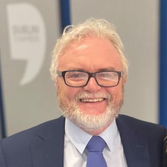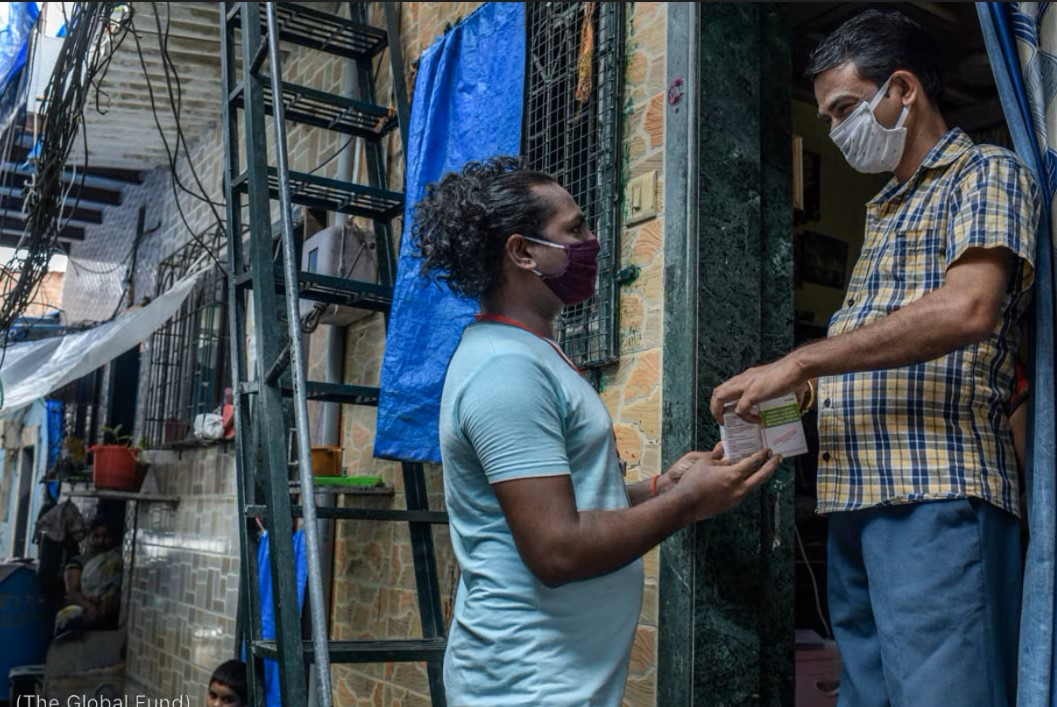Ambassador Dr. John Nkengasong remembers the 1990s as a scary time. HIV/AIDS patients who arrived at a clinic near the lab where the young virologist worked in Côte d’Ivoire faced an almost certain death.
“I would never have imagined that in my lifetime we will sit here and be projecting that by the year 2030 we could, could possibly, bring HIV/AIDS to an end as a public health threat,” said Nkengasong, who today serves as the U.S. global AIDS coordinator and special representative for health diplomacy at the U.S. Department of State.
The change began on January 28, 2003, when the United States government launched the U.S. President’s Emergency Plan for AIDS Relief (PEPFAR), the largest commitment in history by any country to combat a single disease.
As the U.S. global AIDS coordinator and special representative for health diplomacy, Nkengasong leads PEPFAR’s push to end HIV/AIDS. A U.S. citizen who was born in Cameroon, he is the first person of African origin to lead PEPFAR.
Despite PEPFAR’s success, Nkengasong says the greatest challenges to ending HIV/AIDS as a public health threat by 2030 lie ahead.
The HIV/AIDS epidemic remains a serious threat to global health security and economic development. Globally, only half of children living with HIV receive the lifesaving treatment they need. PEPFAR is committed to working with partners to close such health equity gaps.
In December 2022, President Biden issued a new five-year strategy, Fulfilling America’s Promise to End the HIV/AIDS Pandemic by 2030. The strategy calls for sustaining the response to HIV/AIDS and other diseases, dramatically reducing new infections, and advancing new partnerships and medical innovations, among other priorities.
Since January 2021, the U.S. government has committed to provide nearly $20 billion for health programs in Africa, including $11.5 billion to fight HIV/AIDS.
Under the new strategy, PEPFAR will:
- Invest $1.28 billion annually to support more than 325,000 health care workers who deliver HIV/AIDS prevention and treatment programs.
- Invest $22 million annually to develop human resources and digital health platforms.
- Procure 15 million HIV tests from African manufacturers by 2025 at a cost of $20 million to accelerate production of medical supplies in Africa.
In recent remarks renewing America’s commitment to ending HIV/AIDS, Biden invoked PEPFAR’s founding words spoken by President George W. Bush 20 years ago that “seldom has history offered an opportunity to do so much for so many.”
PEPFAR’s new strategy, Biden said, “will help create a future where every HIV infection is prevented, every person has access to treatment, and every generation can live free from the stigma that too often surrounds AIDS.”
“History is still calling us to seize the opportunity to do so much for so many,” he added. “So, let’s finish the fight together.”
(State Dept.)
Twenty years later, PEPFAR has invested more than $100 billion in the fight against HIV/AIDS and saved over 25 million lives. More than 5.5 million babies have been born HIV-free and over 20 million people receive lifesaving antiretroviral treatment. An HIV/AIDS diagnosis is no longer a death sentence.
PEPFAR also has increased HIV testing, seen here in Kazakhstan. More than 64 million people received HIV testing services in 2022. (PSI)
Once a death sentence for millions of people, HIV is now a manageable condition. Above, a community health worker in Zimbabwe meets with a client living with HIV. (PEPFAR)











